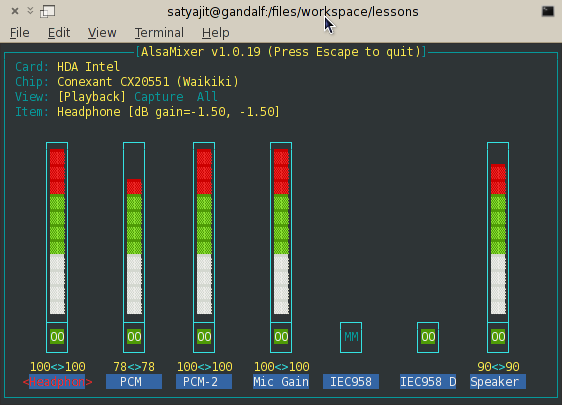Openbravo Wiki is the documentation repository around Openbravo ERP: hundreds of articles covering topics such as the installation, the localization and the development of this product. Don’t get lost among this vast number of free resources: these are the key articles that you can not miss.
- The Functional Documentation will help you to better understand the functional footprint of Openbravo ERP: Procurement, Manufacturing and Sales flows, Financial concepts and Platform related topics such as Modularity or Alerts are some of the topics covered.
- The Openbravo ERP demo is nice, but you want to have the absolute control over Openbravo ERP installed into your local machine. The Installation Guide details the steps to install Openbravo ERP by yourself, depending on your expertise: Virtual Appliance and Ubuntu installation for beginners and Custom installation for experts (including the installation of the Openbravo ERP environment stack made of the Sun JDK, Apache Ant, Oracle or PostgreSQL databases and Apache Tomcat).
- Once you installed Openbravo ERP, you would like to know how to use it. The User Manual will tell you the meaning of every single window, tab and field within Openbravo ERP.
- Now that you have an understanding of your Openbravo ERP installation from an end-user perspective, let’s configure it following the steps of the Configuration Manual: model your enterprise, setup accounting, taxes, roles and users, import your legacy data, etc…
- Your Openbravo ERP installation is now nicely configured and running smoothly, but you want to get more: let’s develop it! The Developer’s Guide, presented some time ago by Martin Taal, will provide you with theory and examples to take advantage of the Openbravo open source platform. No more excuses not to develop Openbravo ERP extensions and localizations!

- Doubts and questions? Resolve them contacting other Openbravo ERP users in the Openbravo Communication Channels: free mailing lists, forums and IRC channels open 24/7 to the Openbravo Community.
- Now that you are an Openbravo ERP expert, would you like to contribute to this open source project and help growing its Community? Take a look at the Contributor’s Guide to discover how you can help other Openbravo ERP users.
The topic that you were looking for is incomplete, out of date or does not even exist? Openbravo ERP documentation is evolving and growing daily: you are welcome to provide your feedback, opinions and requests for improvement.
Enjoy Openbravo ERP documentation on-line or download it all with ScrapBook as explained by Galder Romo: c’mon, it’s free!
Source:http://planet.openbravo.com/




